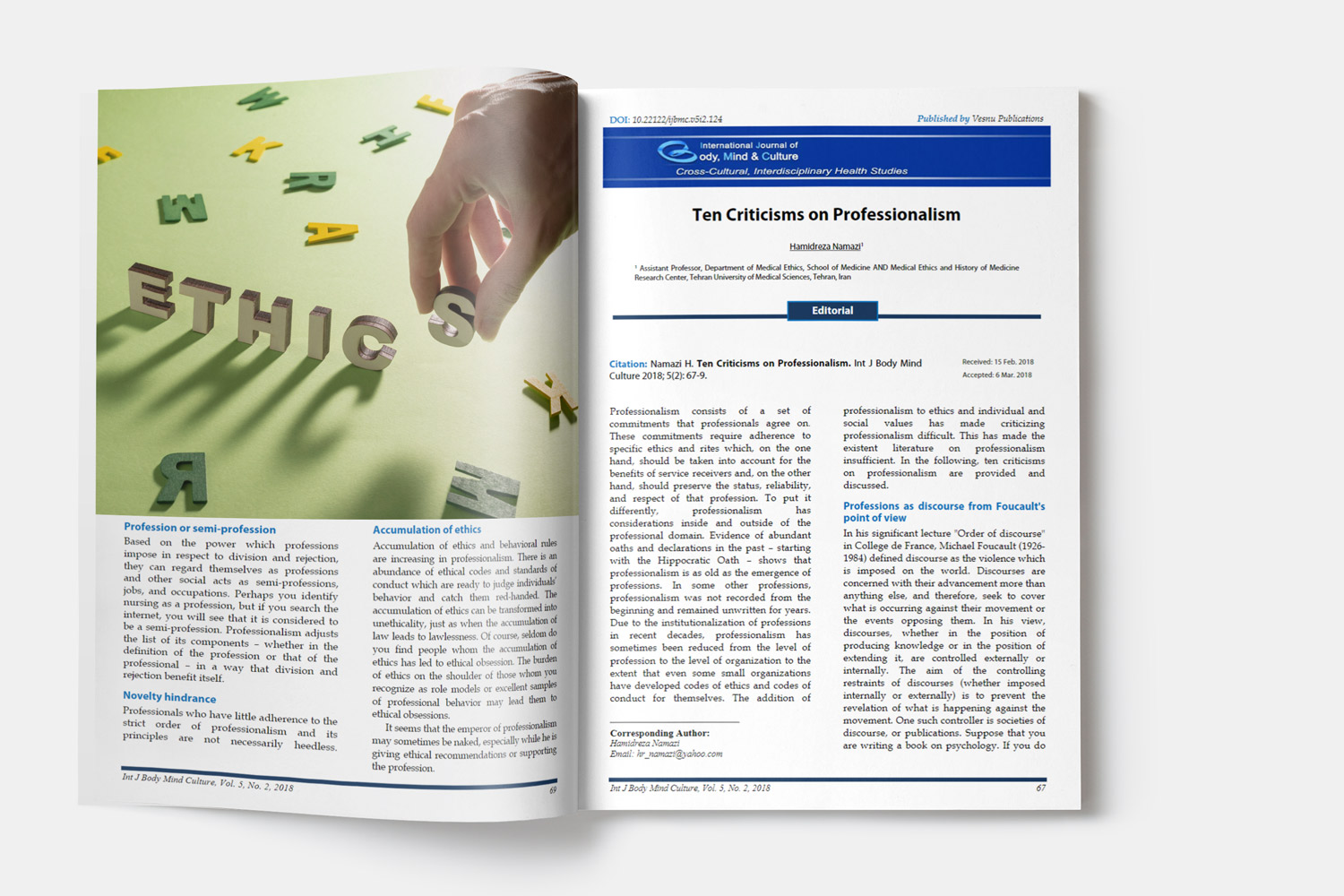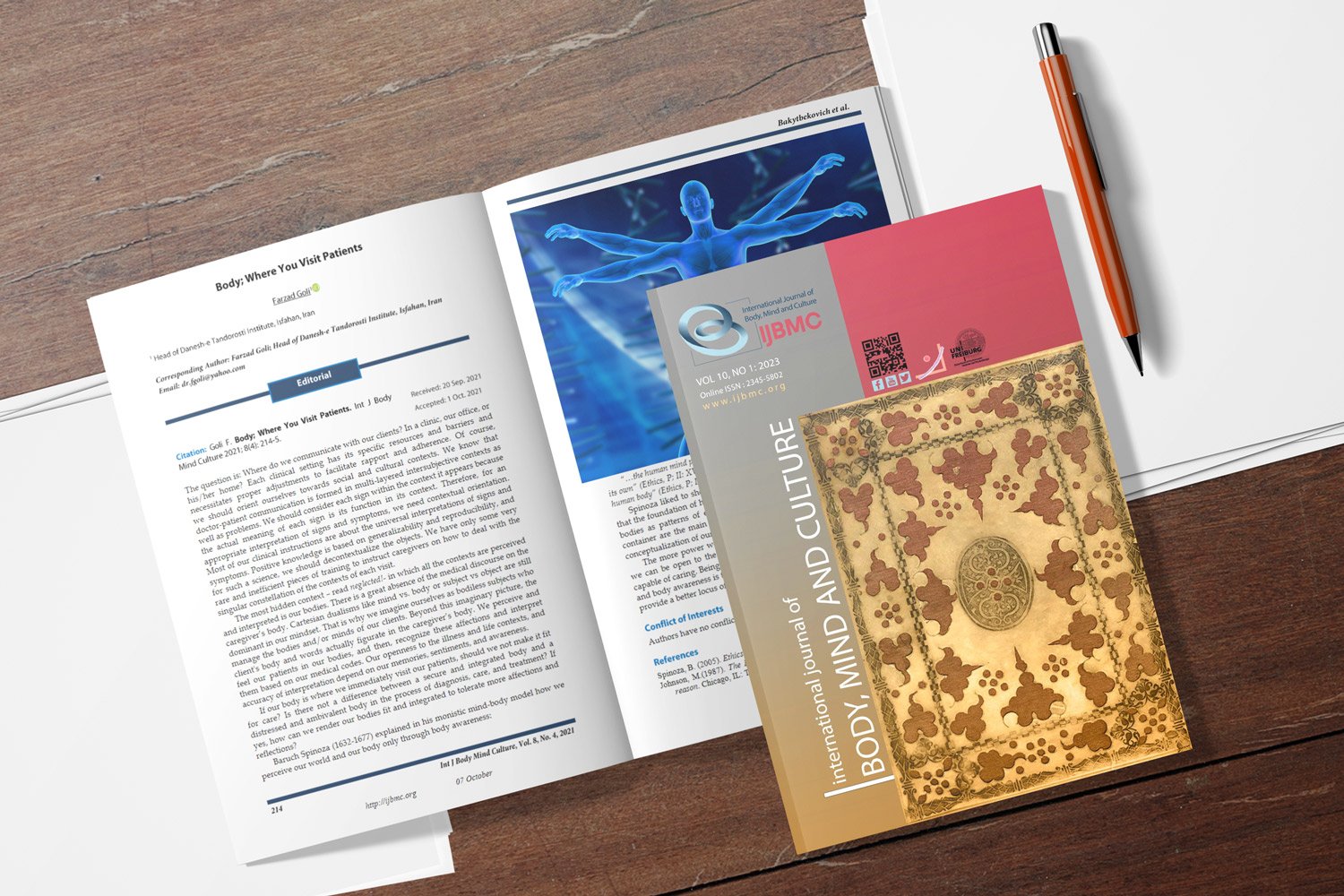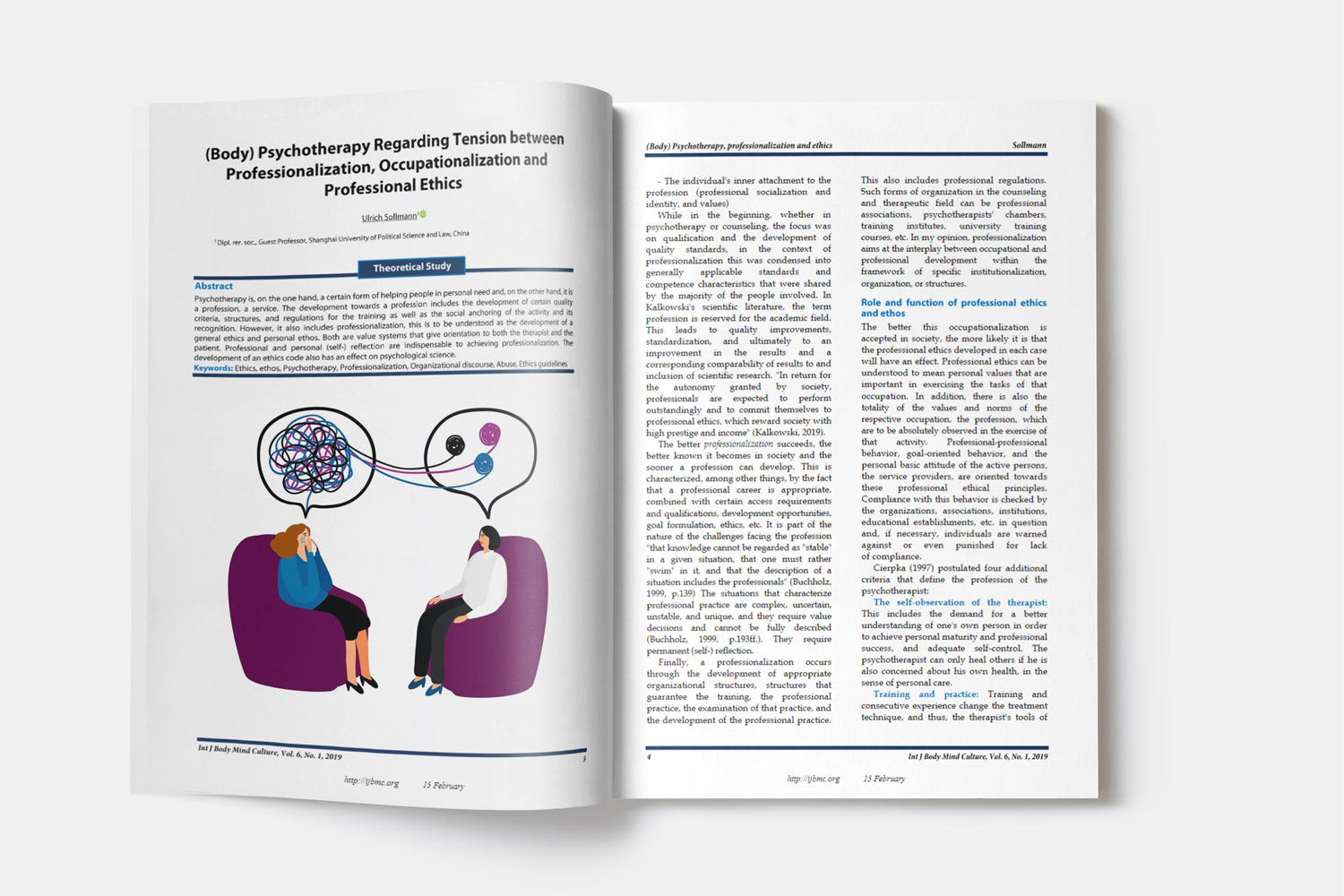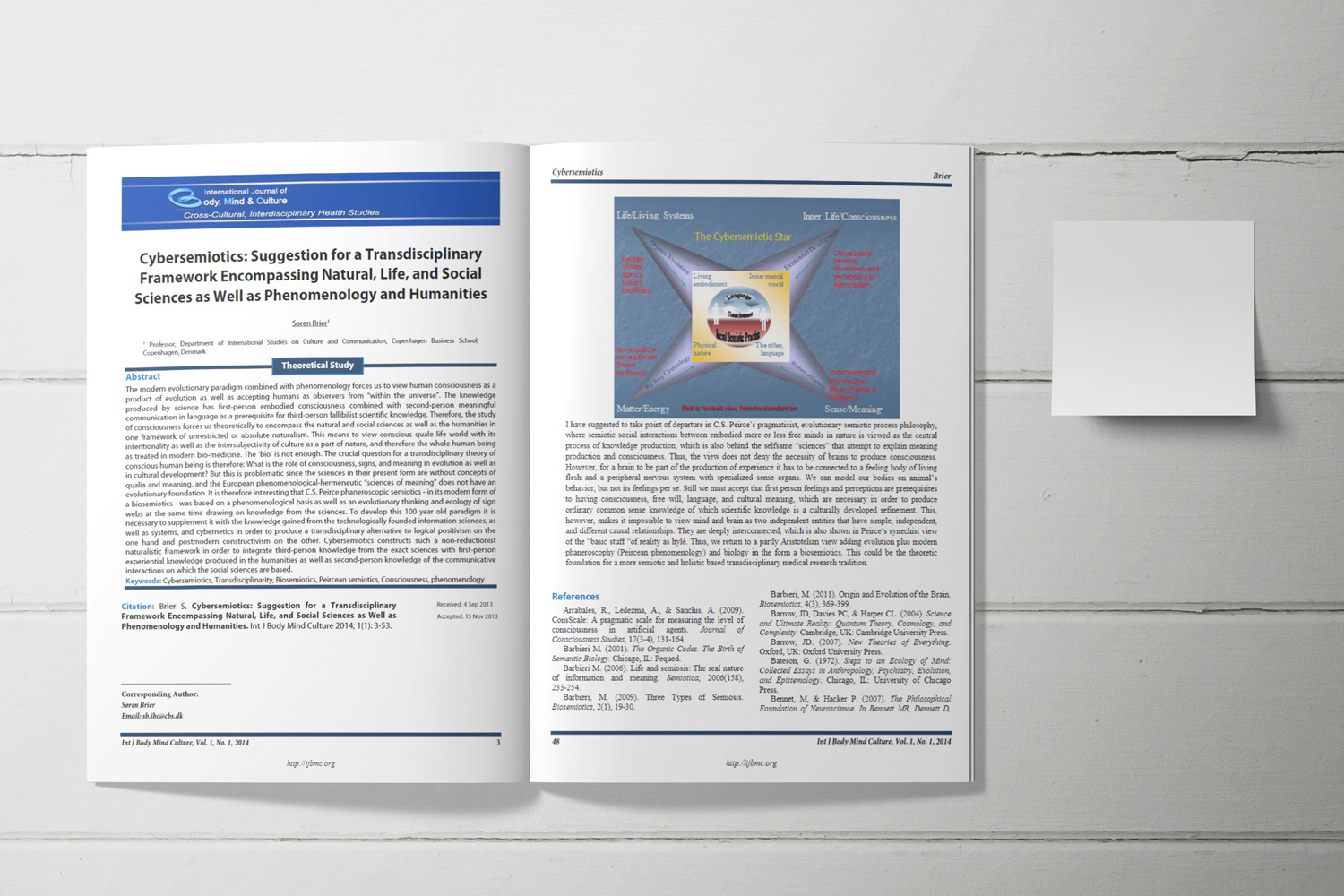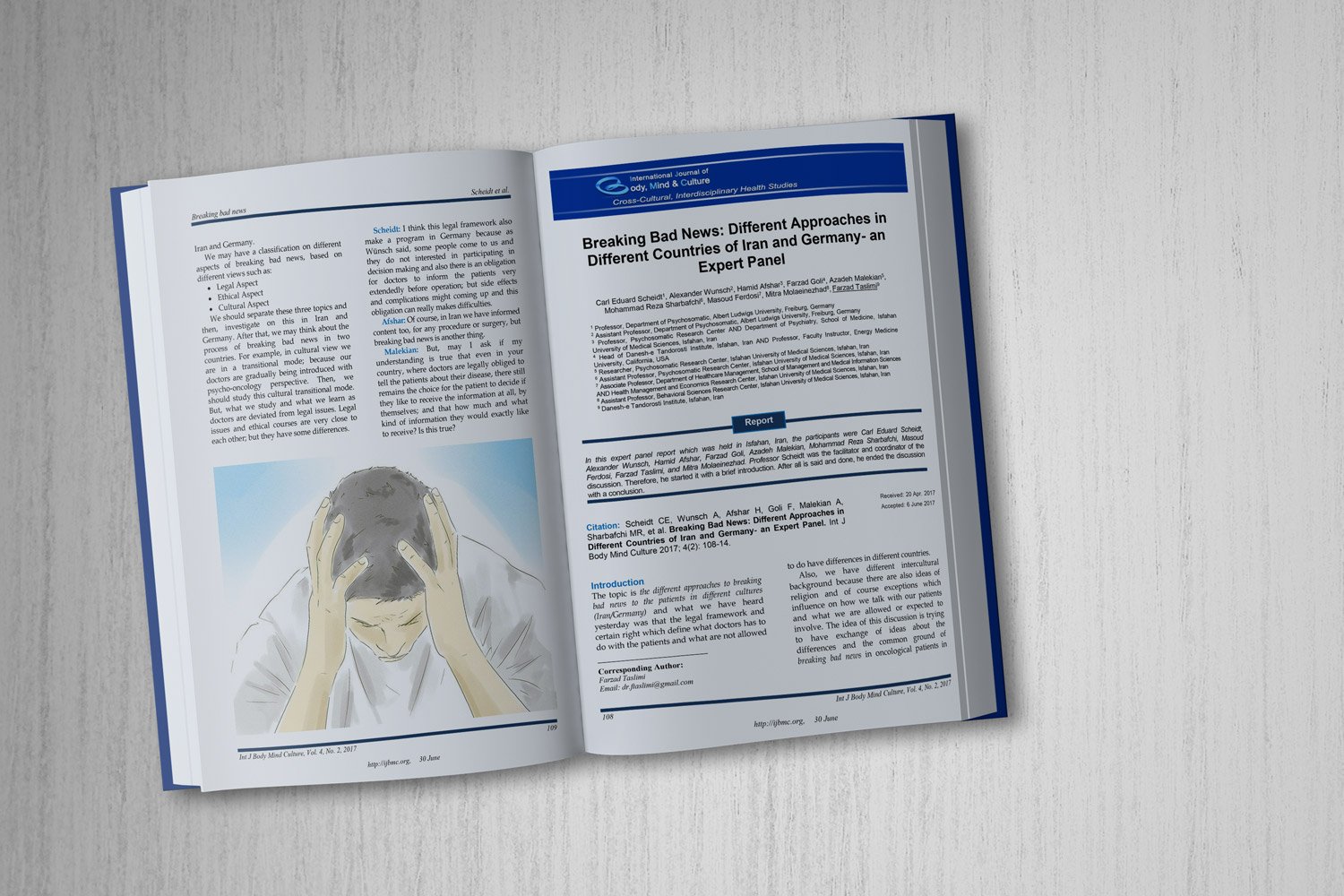Health Anxiety Disorder and Its Impact on Health Services Utilization: A Narrative Review Article
Downloads
Health anxiety disorder (HAD) is defined as anxiety about having a serious illness or fear of a serious illness, despite the assurances of doctors to the contrary. The purpose of this study was to review HAD, its diagnostic criteria, and its impact on health services utilization in a review article in 2018. For this aim, articles in ProQuest, ScienceDirect, PubMed, Scopus, Embase, and ISI Web of Science databases were selected without a publication time limit, and then, data on the nature, diagnostic criteria, and the effect of HAD on health services utilization were extracted. HAD is a relatively common disorder that persists in the absence of suitable management and results in excessive utilization of health services, avoidance of health care, and disruption of the function of individuals. Therefore, with early diagnosis, repetition of counseling, clinical trials, and the use of health services is avoidable and will prevent cost increases. Consequently it is better to have consensus on the diagnosis criteria of this disorder and, if diagnosed, the person is treated.
Downloads
Abramowitz, J. S., Olatunji, B. O., & Deacon, B. J. (2007). Health anxiety, hypochondriasis, and the anxiety disorders. Behav.Ther., 38(1), 86-94. doi:S0005-7894(06)00071-2 [pii];10.1016/j.beth.2006.05.001 [doi]. Retrieved from PM:17292697
Ahmadzadeh, G., Malekian, A., Afshar, H., Maroufi, M., Arbabi, M., & Nejatisafa, A. (2012). History and models of psychosomatic medicine and a brief review of its current status in Iran and Germany. J Res Behave Sci, 9(5), 420-431.
American Psychiatric Association. (2013). Somatic symptom and related disorders, Diagnostic and Statistical Manual of Mental Disorders (DSM-5). 5th ed. Washington, DC: American Psychiatric Association, 2013. p. 309-20.
American Psychiatric Association. (2013). DSM-5 Classification, Somatic symptom disorder, Diagnostic and Statistical Manual of Mental Disorders (DSM-5). 5th ed. Washington, DC: American Psychiatric Association, 2013. p. xx-xxi.
American Psychiatric Association. (2013). Illness anxiety disorder, Diagnostic and Statistical Manual of Mental Disorders (DSM-5). 5th ed. Washington, DC: American Psychiatric Association, 2013. p. 316-320.
Anderson, R., Saulsman, L., & Nathan, P. (2011). Helping health anxiety. Perth, Western Australia: Centre for Clinical Interventions.
Bobevski, I., Clarke, D. M., & Meadows, G. (2016). Health anxiety and its relationship to disability and service use: findings from a large epidemiological survey. Psychosom.Med, 78(1), 13-25. doi:10.1097/PSY.0000000000000252 [doi]. Retrieved from PM:26588821
Deirdre Kehler, M. (2006). What role does health anxiety play in coping with MS? An exploratory internet-based study. Wascana Pkwy, Regina, Canada: University of Regina.
Dibajnia, P., Panahi, S., Moghadasin, M. (2012). Evaluation health anxiety in patients that refer to internal clinics. Journal of Educational Psychology, Islamic Azad University Tonekabon Branch, 4(1), 91-97.
Eilenberg, T., Hoffmann, D., Jensen, J. S., & Frostholm, L. (2017). Intervening variables in group-based acceptance & commitment therapy for severe health anxiety. Behav.Res Ther., 92, 24-31. doi:S0005-7967(17)30016-5 [pii];10.1016/j.brat.2017.01.009 [doi]. Retrieved from PM:28196772
El-Gabalawy, R., Mackenzie, C. S., & Sareen, J. (2016). Mental health service use among older Canadians with anxiety and comorbid physical conditions. Aging Ment.Health, 20(6), 627-636. doi:10.1080/13607863.2015.1033678 [doi]. Retrieved from PM:25897560
Elshaug, A. G., Rosenthal, M. B., Lavis, J. N., Brownlee, S., Schmidt, H., Nagpal, S. et al. (2017). Levers for addressing medical underuse and overuse: achieving high-value health care. Lancet, 390(10090), 191-202. doi:S0140-6736(16)32586-7 [pii];10.1016/S0140-6736(16)32586-7 [doi]. Retrieved from PM:28077228
Fink, P., Ornbol, E., & Christensen, K. S. (2010). The outcome of health anxiety in primary care. A two-year follow-up study on health care costs and self-rated health. PLoS.One., 5(3), e9873. doi:10.1371/journal.pone.0009873 [doi]. Retrieved from PM:20352043
Gropalis, M., Witthoft, M., Bailer, J., & Weck, F. (2018). Optimizing exposure therapy for pathological health anxiety: Considerations From the inhibitory learning approach. Cognitive and Behavioral Practice, 25(2), 250-260.
Hadjistavropoulos, H. D., Craig, K. D., & Hadjistavropoulos, T. (1998). Cognitive and behavioral responses to illness information: The role of health anxiety. Behav.Res Ther., 36(2), 149-164. doi:S0005-7967(98)00014-X [pii]. Retrieved from PM:9613022
Hadjistavropoulos, H., & Lawrence, B. (2007). Does anxiety about health influence eating patterns and shape-related body checking among females? Pers Individ Dif, 43(2), 319-328.
Hart, J., & Bjorgvinsson, T. (2010). Health anxiety and hypochondriasis: Description and treatment issues highlighted through a case illustration. Bull.Menninger Clin., 74(2), 122-140. doi:10.1521/bumc.2010.74.2.122 [doi];10.1521/bumc.2010.74.2.122 [pii]. Retrieved from PM:20545492
Hedman, E., Andersson, G., Andersson, E., Ljotsson, B., Ruck, C., Asmundson, G. J. et al. (2011). Internet-based cognitive-behavioural therapy for severe health anxiety: randomised controlled trial. Br J Psychiatry, 198(3), 230-236. doi:S0007125000254524 [pii];10.1192/bjp.bp.110.086843 [doi]. Retrieved from PM:21357882
Hosseini Ghomi, T., Salimi Bajestani, H., & Zakeri, N. (2014). Relationship religious orientation and hope with health anxiety among women nurses in Imam Khomeini hospital of Tehran. Iran J Nurs Res, 9 (1), 17-24.
Huang, W. L., Chen, T. T., Chen, I. M., Ma, H. M., Lee, M. T., Liao, S. C. et al. (2016). Depression and anxiety among patients with somatoform disorders, panic disorder, and other depressive/anxiety disorders in Taiwan. Psychiatry Res, 241, 165-171. doi:S0165-1781(16)30793-4 [pii];10.1016/j.psychres.2016.05.008 [doi]. Retrieved from PM:27179181
Issakidis, C., & Andrews, G. (2002). Service utilisation for anxiety in an Australian community sample. Soc Psychiatry Psychiatr Epidemiol, 37(4), 153-163.
Karimi, J., Homayuni, N. A., & Homayuni, N. F. (2015). Evaluation of Psychometric Properties of the Health Anxiety Inventory. Hakim Health Sys Res, 17(4), 297-305.
Keshavarz, G., & Zomorrodi Anbaji, M. (2010). Analysis of adverse selection and moral hazard in health insurance of Iran case study of medicine and paraclinical services. Journal of Economic Research, 44(2), 139-163.
Koszegi, B. (2003). Health anxiety and patient behavior. J Health Econ., 22(6), 1073-1084. doi:S0167-6296(03)00076-6 [pii];10.1016/j.jhealeco.2003.06.002 [doi]. Retrieved from PM:14604561
Lee, S., Creed, F. H., Ma, Y. L., & Leung, C. M. (2015). Somatic symptom burden and health anxiety in the population and their correlates. J Psychosom.Res, 78(1), 71-76. doi:S0022-3999(14)00392-4 [pii];10.1016/j.jpsychores.2014.11.012 [doi]. Retrieved from PM:25466323
Lung-Cheng, H. C., Ho, C. H., Weng, S. F., Hsu, Y. W., Wang, J. J., & Wu, M. P. (2015). The association of healthcare seeking behavior for anxiety and depression among patients with lower urinary tract symptoms: A nationwide population-based study. Psychiatry Res, 226(1), 247-251. doi:S0165-1781(15)00020-7 [pii];10.1016/j.psychres.2014.12.056 [doi]. Retrieved from PM:25623018
Melli, G., Carraresi, C., Poli, A., & Bailey, R. (2016). The role of metacognitive beliefs in health anxiety. Pers Individ Dif, 89, 80-85.
Nasri, M., Shakari, N. A., & Haidari, S. (2015). To Examine the CT scan services prescription status of insured of Iran Health Insurance Organization and its costs in zone 4 of country in first half of 2012. J Ilam Univ Med Sci, 23(2), 68-77.
Newby, J. M., Mahoney, A. E. J., Mason, E. C., Smith, J., Uppal, S., & Andrews, G. (2016). Pilot trial of a therapist-supported internet-delivered cognitive behavioural therapy program for health anxiety. Internet Interv, 6, 71-79.
Noohi, S. (2013). Psychosomatic medicine. Educational Quarterly Journal of Medical School of Baghiyatallah Medical University, 13(82), 1-5.
Panahi, S., Asghari Moghadam, M. A., Shaeeri, M. R., & Eghtedar Nejhad, S. (2010). Psychometric properties of a Persian version of the short form of health anxiety inventory in non-clinical Iranian populations. Quarterly of Educational Measurement, 1(2), 21-46.
Porcelli, P., & Rafanelli, C. (2010). Criteria for psychosomatic research (DCPR) in the medical setting. Curr.Psychiatry Rep., 12(3), 246-254. doi:10.1007/s11920-010-0104-z [doi]. Retrieved from PM:20425288
Prochaska, J. D., Le, V. D., Baillargeon, J., & Temple, J. R. (2016). Utilization of Professional Mental Health Services Related to Population-Level Screening for Anxiety, Depression, and Post-traumatic Stress Disorder Among Public High School Students. Community Ment.Health J, 52 (6), 691-700. doi:10.1007/s10597-015-9968-z [doi];10.1007/s10597-015-9968-z [pii]. Retrieved from PM:26733335
Rahmaniyan M, Sarvarian Z, & Zamani M. (2016). Comparison between the effectiveness of music therapy and neurofeedback on psychosomatic disorder pain relief. Journal of Neuropsychology, 2(4), 45-56.
Reisi, M. Mostafavi, F., Hasanzadeh, A., & Sharifirad, G. (2011). The relationship between health literacy, health status and healthy behaviors among elderly in Isfahan. J Health Syst Res, 7(4), 469-480.
Rezapoor, A., Roumiani, Y., Ebadifard azar, F., Ghazanfari, S., Mirzaei, S., Sarabi asiabar, A. et al. (2015). Effective Factors on Utilization and Access to Health Care: A Population-Based Study in Kerman. J Health Adm, 18(60), 24-36.
Rimes, K. A., & Salkovskis, P. M. (2002). Prediction of psychological reactions to bone density screening for osteoporosis using a cognitive-behavioral model of anxiety. Behav Res Ther, 40(4), 359-381.
Roberge, P., Fournier, L., Duhoux, A., Nguyen, C. T., & Smolders, M. (2011). Mental health service use and treatment adequacy for anxiety disorders in Canada. Soc.Psychiatry Psychiatr.Epidemiol., 46(4), 321-330. doi:10.1007/s00127-010-0186-2 [doi]. Retrieved from PM:20217041
Salkovskis, P. M., Rimes, K. A., Warwick, H. M., & Clark, D. M. (2002). The Health Anxiety Inventory: Development and validation of scales for the measurement of health anxiety and hypochondriasis. Psychol.Med, 32(5), 843-853. Retrieved from PM:12171378
Saneei, P., Hajishafiee, M., Esmaillzadeh, A., Hassanzadeh Keshteli, A., Roohafza, H. R., Afshar, H. et al. (2016). The association between healthy lifestyle with depression and anxiety among adults in Esfahan. J Guilan Univ Med Sci, 25(99), 69-81.
Scott, T., Mackenzie, C. S., Chipperfield, J. G., & Sareen, J. (2010). Mental health service use among Canadian older adults with anxiety disorders and clinically significant anxiety symptoms. Aging Ment.Health, 14(7), 790-800. doi:924384406 [pii];10.1080/13607861003713273 [doi]. Retrieved from PM:20635231
Shabbeh, Z., Feizi, A., Afshar, H., Hassanzade Kashtali, A., & Adibi, P. (2016). Identifying the profiles of psychosomatic disorders in an Iranian Adult population and their relation to psychological problems. J Mazand Univ Med Sci, 26(137), 82-94.
Shahidi, S., Molaie, A., & Dehghani, M. (2012). relationship between health anxiety and alexithymia in an Iranian sample. Procedia Soc Behav Sci, 46, 591-595.
Solem, S., Borgejordet, S., Haseth, S., Hansen, B., Haland, A., & Bailey, R. (2015). Symptoms of health anxiety in obsessive-compulsive disorder: Relationship with treatment outcome and metacognition. J Obsessive Compuls Relat Disord, 5, 76-81.
Sunderland, M., Newby, J. M., & Andrews, G. (2013). Health anxiety in Australia: Prevalence, comorbidity, disability and service use. Br J Psychiatry, 202(1), 56-61. doi:S0007125000273212 [pii];10.1192/bjp.bp.111.103960 [doi]. Retrieved from PM:22500013
Tang, N. K., Salkovskis, P. M., Poplavskaya, E., Wright, K. J., Hanna, M., & Hester, J. (2007). Increased use of safety-seeking behaviors in chronic back pain patients with high health anxiety. Behav.Res Ther., 45(12), 2821-2835. doi:S0005-7967(07)00108-8 [pii];10.1016/j.brat.2007.05.004 [doi]. Retrieved from PM:17588530
Tanis, M., Hartmann, T., & Te, P. F. (2016). Online health anxiety and consultation satisfaction: A quantitative exploratory study on their relations. Patient Educ.Couns., 99(7), 1227-1232. doi:S0738-3991(16)30042-8 [pii];10.1016/j.pec.2016.01.021 [doi]. Retrieved from PM:26873545
Toussaint, A., Lowe, B., Brahler, E., & Jordan, P. (2017). The Somatic Symptom Disorder - B Criteria Scale (SSD-12): Factorial structure, validity and population-based norms. J Psychosom.Res, 97, 9-17. doi:S0022-3999(17)30051-X [pii];10.1016/j.jpsychores.2017.03.017 [doi]. Retrieved from PM:28606504
Weck, F., Richtberg, S., & Neng, J. M. B. (2014). Epidemiology of hypochondriasis and health anxiety: Comparison of different diagnostic criteria. Curr Psychiatry Rev, 10(1), 14-23.










